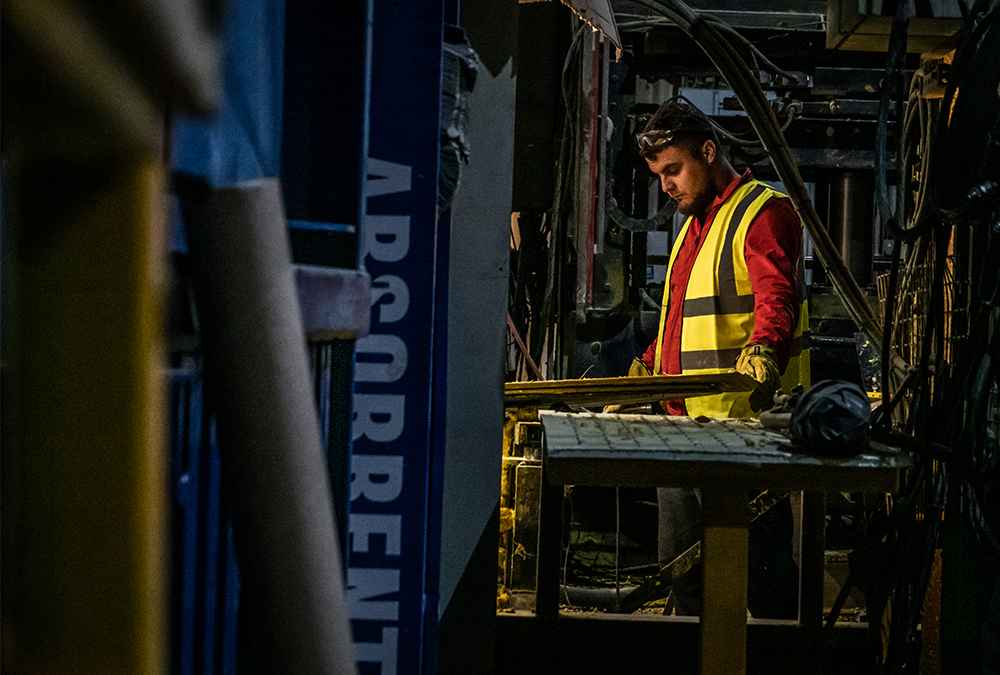A guide to OSHA 1926
Every business in the US should be aware of compliance with OSHA. However, the compliance rules when your workplace is a construction site rather than an office will mean they have a completely different set of guidelines and regulations. In this guide, we’ll explain everything you need to know about OSHA 1926 and how Oxford Plastics can help you to comply.
What is OSHA 1926?
OSHA 1926 refers to the Occupational Safety and Health Administration regulations, Title 29 of the Code of Federal Regulations, Part 1926. It’s often known by its much simpler name “Construction Safety and Health”. These regulations outline health and safety practices for the construction industry and are designed to keep construction workers safe on-site.
What does OSHA 1926 cover?
OSHA 1926 covers all common hazards and risks associated with construction work including guidance around specific areas, such as.
General Health and Safety
General health and safety practices like avoiding slips, trips and falls on a construction site are covered in OSHA 1926. Employers have a duty to keep their work sites tidy and take care of uneven and slippery surfaces to reduce the risk of injury. This could be through the implementation of slip-proof ground protection, or bright-colored trench covers and road plates.
Personal Protective Equipment
OSHA regulations stipulate using the correct PPE on site, such as hard hats, safety glasses and gloves. This is to avoid the risks of falling objects and injuries caused by exposure to chemicals.
Fire Prevention
Fire prevention and protection are important in all workplaces but construction sites may be at higher risk than your average office building. Safety measures should include fire extinguishers and evacuation planning in the case of an emergency.
Electrical Safety
Electrical safety standards set the regulations for the safe installation of electrical systems on construction sites including wiring and equipment to prevent electrical accidents and the risk of electric shocks.
Fall Prevention
Fall prevention is an essential health and safety concern covered by OSHA 1926. Fall protection regulations are aimed at preventing falls from employees working at height and also include scaffold regulations to ensure stability and the safe use of scaffolding for preventing falls.
Welding and Cutting
Welding and cutting involve a wide range of safety hazards, working at high temperatures and with dangerous fumes. OSHA 1926 covers regulations that outline rules for ventilation as well as fire prevention and the safe handling of equipment.
Excavations
Excavation safety plays a key role in construction site safety. OSHA 1926 mandates the use of protective systems to prevent cave-ins. Trench covers can be used to create a safe and stable surface for workers and equipment to move across. They help to prevent the risk to workers of falling into the excavations.
Composite road plates are also useful in constructions where road vehicles need to cross excavations as they distribute the load evenly and prevent damage to the ground underneath, reducing the risk of cave-ins.
Hazard Communication
OSHA regulations outline the importance of communicating hazards to employees. Risks such as chemicals and hazardous materials must be logged in safety data sheets and all employees must be trained on the proper handling and storage of dangerous materials.
For more health and safety advice, read our guide to trench safety. Or read through our resources on safety and compliance here. To find out more about the trench covers available, read our ultimate guide to road plates or contact our team today.
Related News

What is closed-loop manufacturing?
What is closed-loop manufacturing? Closed-loop manufacturing is a process that reuses, recycles, and repurposes materials to...

Health and Safety Calendar 2024 US
For over three decades, we have prioritized safety in all our innovations. That’s why we’ve compiled a list of es...

2023 a success for Oxford Plastics
As we enter 2024, as a business we’d like to reflect on the year we’ve had and look to our future goals. We&rsquo...